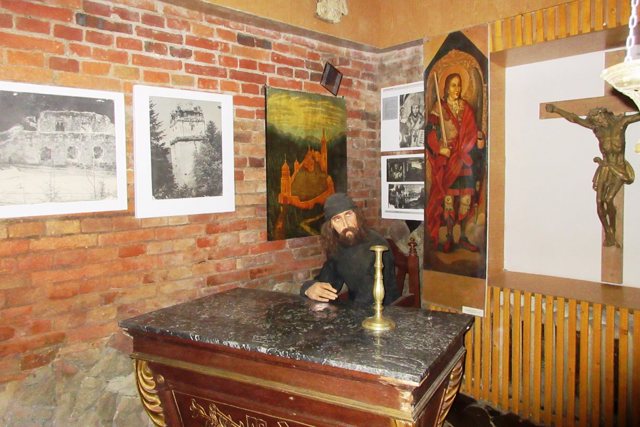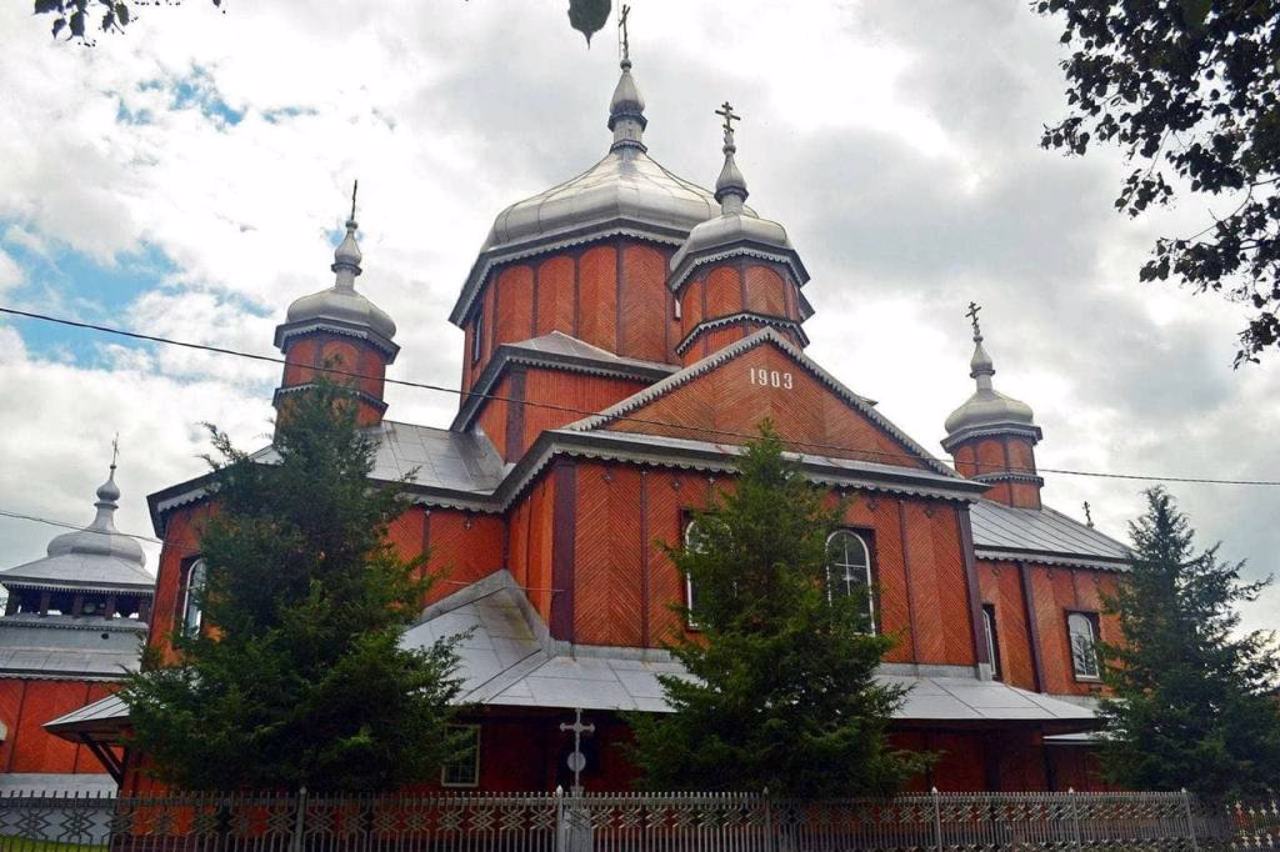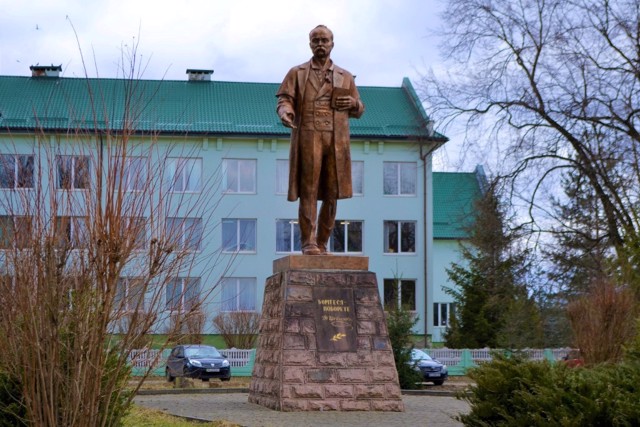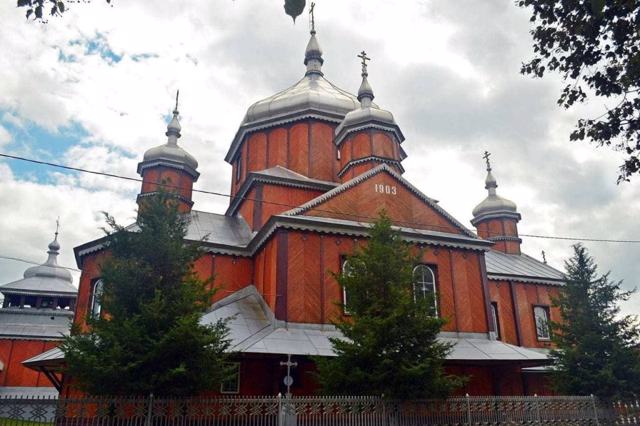Functional temporarily unavailable
Solotvyn
Travel guide online Solotvyn
General information about Solotvyn
The town Solotvyn above the Bystrytsia Solotvynska River is located in the foothills of the Carpathians, 30 kilometers southwest of Ivano-Frankivsk. It is administratively part of the Ivano-Frankivsk district.
It was first mentioned in the Galician Chronicle of the 12th century as Krasnopil. The Krasnopil castle of the Dobroslavychy boyars was built in the Zolochivsky tract. The development of the salt industry in the 17th century became the reason why the Polish magnates Yablonovski renamed the town to Solotvyn in 1658. Since then, the coat of arms of Solotvyn has depicted two tubs of honey, above which there are three lumps of salt.
< ...The town Solotvyn above the Bystrytsia Solotvynska River is located in the foothills of the Carpathians, 30 kilometers southwest of Ivano-Frankivsk. It is administratively part of the Ivano-Frankivsk district.
It was first mentioned in the Galician Chronicle of the 12th century as Krasnopil. The Krasnopil castle of the Dobroslavychy boyars was built in the Zolochivsky tract. The development of the salt industry in the 17th century became the reason why the Polish magnates Yablonovski renamed the town to Solotvyn in 1658. Since then, the coat of arms of Solotvyn has depicted two tubs of honey, above which there are three lumps of salt.
Of the architectural monuments, only the wooden Church of the Nativity of the Holy Virgin, erected in 1903 according to the project of the famous architect Vasyl Nahirny, and the 19th-century synagogue (now used as a production facility) have survived.
A monument to Taras Shevchenko was installed.
Cелище Солотвин над річкою Бистрицею Солотвинською розташоване в передгір'ях Карпат за 30 кілометрів на південний захід від Івано-Франківська. Адміністративно входить до складу Івано-Франківського району.
Вперше згадується у Галицькому літописі XII століття як Краснопіль. В урочищі Золочівському був споруджений Краснопільський замок боярів Доброславичів. Розвиток соляного промислу у XVII столітті став підставою для того, що польські магнати Яблоновські у 1658 році перейменували містечко на Солотвин. З тих пір на гербі Солотвина зображені дві діжки меду, над якими розташовані три топки солі.
З архітектурних пам'яток збереглися ...
Cелище Солотвин над річкою Бистрицею Солотвинською розташоване в передгір'ях Карпат за 30 кілометрів на південний захід від Івано-Франківська. Адміністративно входить до складу Івано-Франківського району.
Вперше згадується у Галицькому літописі XII століття як Краснопіль. В урочищі Золочівському був споруджений Краснопільський замок боярів Доброславичів. Розвиток соляного промислу у XVII столітті став підставою для того, що польські магнати Яблоновські у 1658 році перейменували містечко на Солотвин. З тих пір на гербі Солотвина зображені дві діжки меду, над якими розташовані три топки солі.
З архітектурних пам'яток збереглися лише дерев'яна церква Різдва Пресвятої Богородиці, зведена 1903 року за проєктом відомого архітектора Василя Нагірного, та синагога XIX століття (зараз використовується як виробниче приміщення).
Встановлено пам'ятник Тарасу Шевченку.
Сплануй своє перебування у Solotvyn
What to see and where to go in Solotvyn
Tourist attractions and museums of Solotvyn

Solotvyn History and Local Lore Museum of Oleksandr Fedanko
Museum / gallery
The historical and local lore museum in the town of Solotvyn was founded in 1958 by the famous Carpathian local historian Oleksandr Fedanko.
In 1964, the museum received official status. Now the exposition is located in a two-floor building in the center of the village.
The basis of the museum collection is the exhibits collected by Oleksandr Fedanko during his local history expeditions in the Carpathians. In particular, ancient things from the Maniava hermitage and a model of the entrance gate of the Krasnopillia Castle are presented. There are also many archaeological finds in the exposition.
The ethnographic selection includes towels, embroidered shirts, household items, work tools, and agricultural implements.
A memorial plaque to Oleksandr Fedanko by sculptor Volodymyr Dovbenyuk has been installed on the facade of the museum.
Reviews Solotvyn
Geographical information about Solotvyn
| {{itemKey}} | {{itemValue}} |
|---|---|
| Region |
Ivano-Frankivsk |






